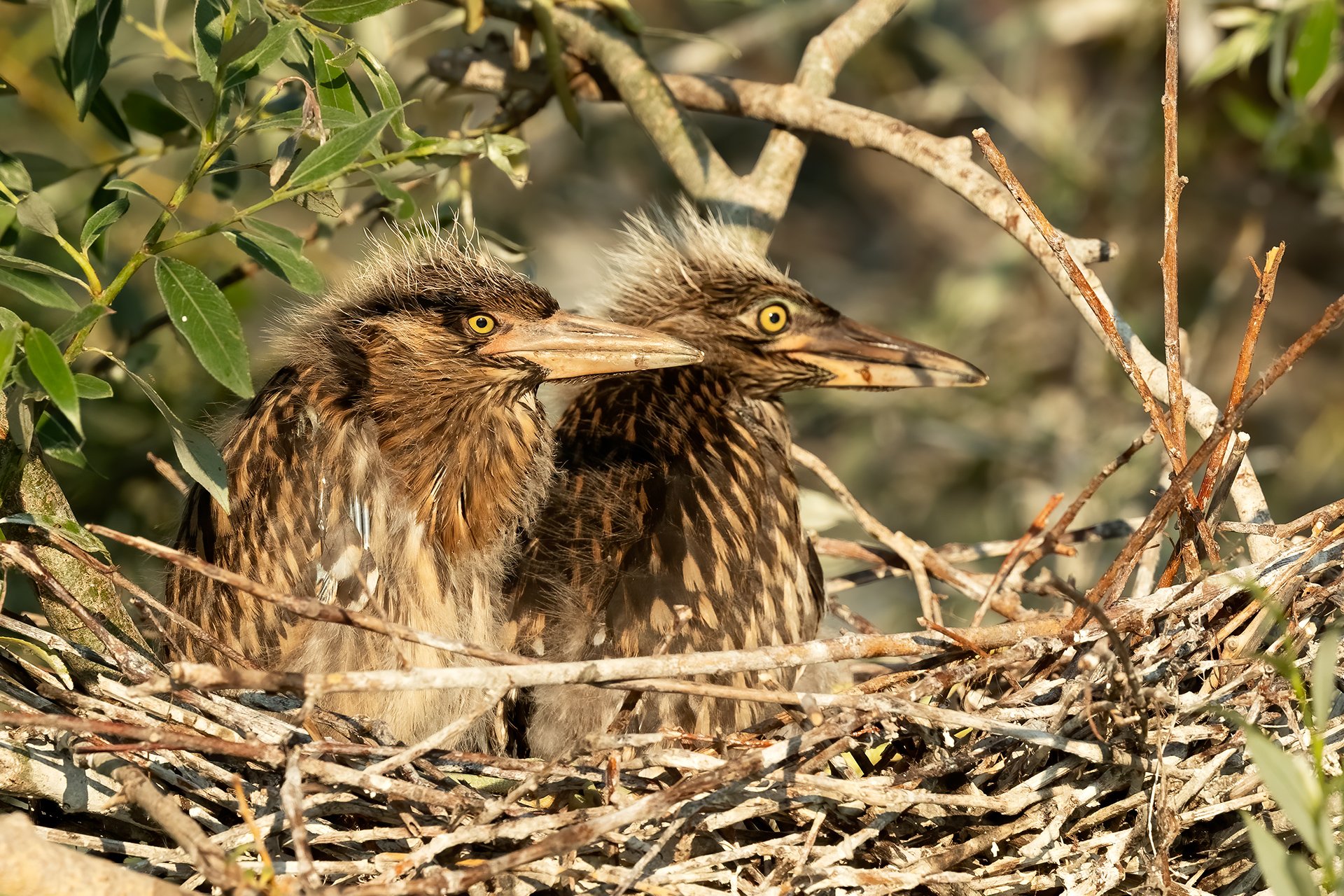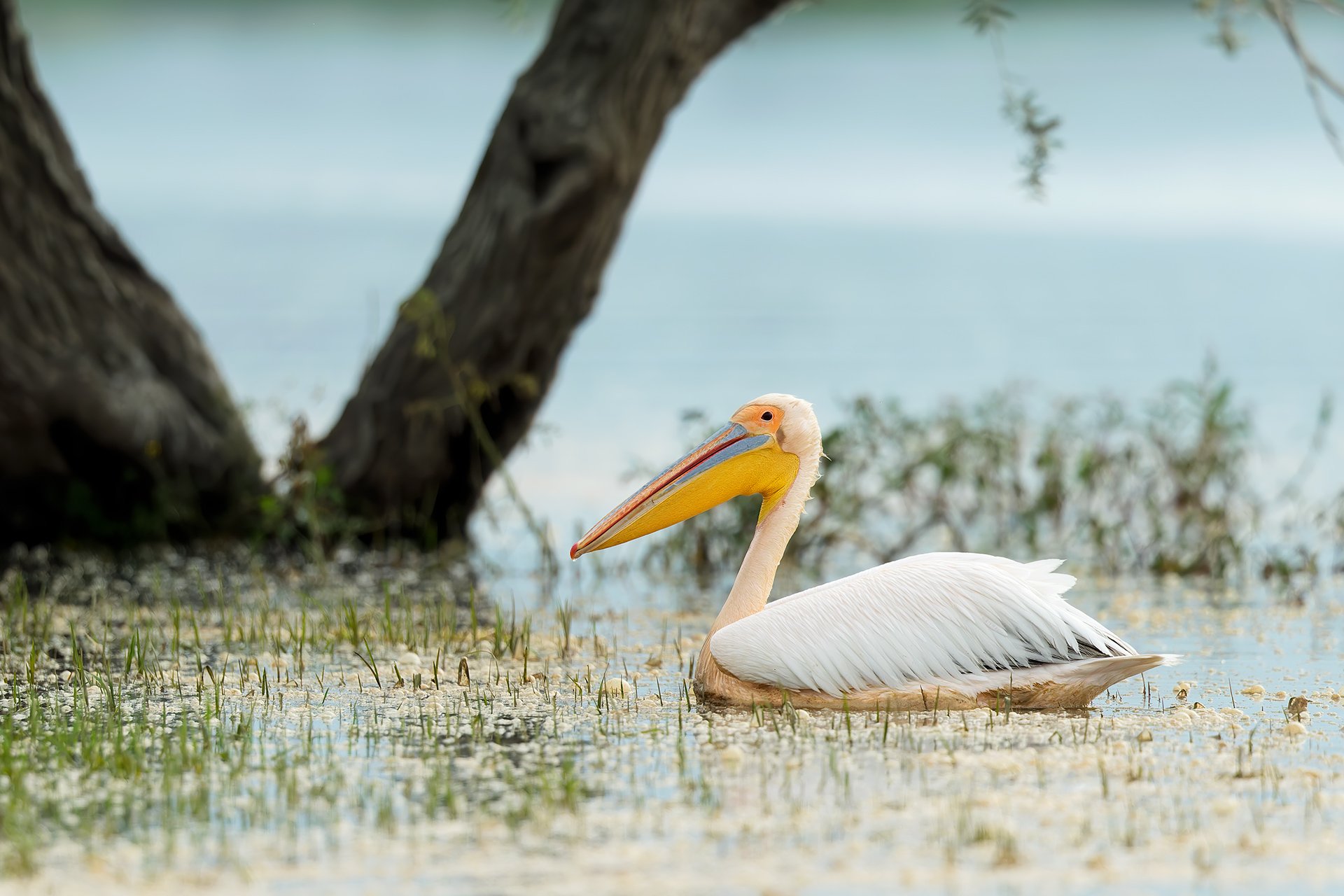Kerkini in spring
Lake Kerkini in Northern Greece is an amazing place photographing dalmatian pelicans in winter – twice I have had the privilege. Although the pelicans are awesome there is not so much else to photograph.
However, the Kerkini area is one of the most important wetlands in Europe and this artificial reservoir is home to more than 300 different bird species during spring.
Therefore, when the UK based NaturesLens for the first time offered a photography holiday to Lake Kerkini in spring I decided to enroll for the trip run by co-owner David Miles from 1-6 June 2019 to find out what the area has to offer besides the impressive pelicans.
First day in Kerkini
As always it was difficult to travel from Copenhagen to Northern Greece. Flight connections are bad and this time I decided to go to Sofia in Bulgaria via a stopover in Frankfurt.
From Sofia it is only a 260 km drive to Kerkini but it almost took me five hours due to narrow roads through the mountains including a thunderstorm. I arrived in Kerkini just before midnight where my friend Vasilis greeted me welcome and helped me settle in.
My fellow photographers from the UK did not arrive until next day in the afternoon, so I had the first morning on my own.
Helpful as always, Vasilis directed me to some nest building penduline tits.
It was possible to get very close without disturbing the small birds and I had the privilege to photograph as they flew in with materials to their fine purse-shaped nest.
Following the arrival of my English fellow photographers we were treated with an out of programme boat trip on Lake Kerkini in the late afternoon. But before that, Vasilis showed us the area and the hides we had to use for the next days.
We passed a farm and discovered a little owl. For long, I have dreamed about images of this tiny owl but Vasilis told us that at least 100 little owls could be found in the town so we would have plenty of opportunities later.
Therefore, we rapidly moved on but I could not resist to take a quick photo of the owl despite the bad surroundings – a wise decision as it turned out to be the only little owl we saw on the whole trip … ; – )
We had a great afternoon on Lake Kerkini. It is amazing how the lake had changed compared to January where it is only 1 – 1.5 metres deep.
In spring, the water level is much higher and an area with trees being on land during wintertime was now possible to visit by boat and the trees were full of nesting birds.
We encountered little egrets, night herons, squacco herons, spoonbills, grey herons and the occasional pelican – besides a lot of cormorants.
When sailing in the wetland of Lake Kerkini the photo opportunities are endless. The main challenge is the huge number of birds and lots of branches blocking for a nice subject. And you have to get used to take images from a boat!
Quite often the great composition has been passed before you’ve had the chance to trigger the shutter.
Fortunately, the boat sometimes lies still and our captain Vasilis is very much aware of our photography needs and preferences.
By the way, it is a huge advantage to bring at least two cameras and a variety of lenses spanning from a long telephoto to wide angle.
Lake Kerkini in the morning
The next four days we spend the mornings on the lake and left the small harbour at 6 o’clock before sunrise to take full advantage of the soft light.
The light is amazing for photography in the early hours until 9 o’clock when we returned for a well-deserved breakfast.
Most of the time we sailed in-between trees in the wetland area and could get close to the nests with adorable chicks.
Also, the outlet from the small river Struma was among our favourites and we had the opportunity to photograph squacco herons and night herons standing by the riverside in beautiful light with reflections in the water. We even came across a white pelican!
Our boatman Vasilis is very clever to manoeuvre the traditional wooden boat and get us into the best positions. Also, he is careful not to disturb the birds too much.
On the last morning we were spoiled with the most amazing sunrise when crossing the lake to get to the wetland. The skies and water surface were illuminated with golden colours and at the same time a few dalmatian pelicans arrived – the photo opportunities were great!
Afternoon in photohide
According to plan we were supposed to sit in photo hides on land every afternoon to photograph hoopoes and bee-eaters.
On some farmland a couple of kilometres from Kerkini a hide had been prepared for bee-eater photography.
In front of the hide a few sticks had been put into the ground with the sincere hope that some birds would come to rest.
Although a few bee-eaters could be observed in the area it seemed like winning the lottery if a single bird would sit on one of “our” sticks – and it did not happen!
I was sitting to the far left in the hide and had as the only photographer a narrow view to a slope where the bee-eaters seemed to have their borrows. At one occasion a bee-eater sat on some natural branches and I managed to get an image.
We were more successful when Vasilis showed us a breeding pair of hoopoes at a farm near the village of Megalochori northeast of Lake Kerkini.
We used the parked car as a hide about 20 metres from the nest. Sometimes, the parents came with food for their chicks and although we could not see the nest they often sat on a big stone before going in.
The hours spend by the hoopoes were great and we got some nice pictures of this exotic looking bird with a long and narrow bill and of course the distinctive “crown” of feathers.
Often when photographing hoopoes from a hide you end up having the same image of a hoopoe on a stick as hundreds of fellow photographers before you – this time it was different!
Conclusion
It happened to be a great trip to Kerkini!
Beside the amazing experiences on the lake I very much enjoyed the good company of likeminded photographers and we always had fun when dining at the hotel – they serve lots of good food!
You would expect it is impossible to exceed the photographic opportunities on Lake Kerkini during winter when the dalmatian pelicans are plenty with their beautiful red coloured pouches prior to the breeding season.
However, springtime on Lake Kerkini is a cornucopia of exciting birds and in my mind the photo opportunities definitely exceed the – although fantastic – pelicans in winter.
The impressive birdlife on the lake is in a league of its own but the hide photography was below average despite the fine hoopoes. In future, I expect that NaturesLens will increase the number of trips on the lake instead.
By the way, the best photo hide was our hotel! There are lots of white storks in the town of Kerkini and just across the road from our hotel was a nest with chicks. Standing on the first floor of the hotel we could open the windows and set up a tripod with a big lens to take some nice images. Very convenient – especially when it rains … ; – )
It is my sincere hope that more photographers will join NaturesLens for their “Spring Birds of Lake Kerkini” trip and discover the amazing opportunities on Lake Kerkini in spring – I definitely have to return!










